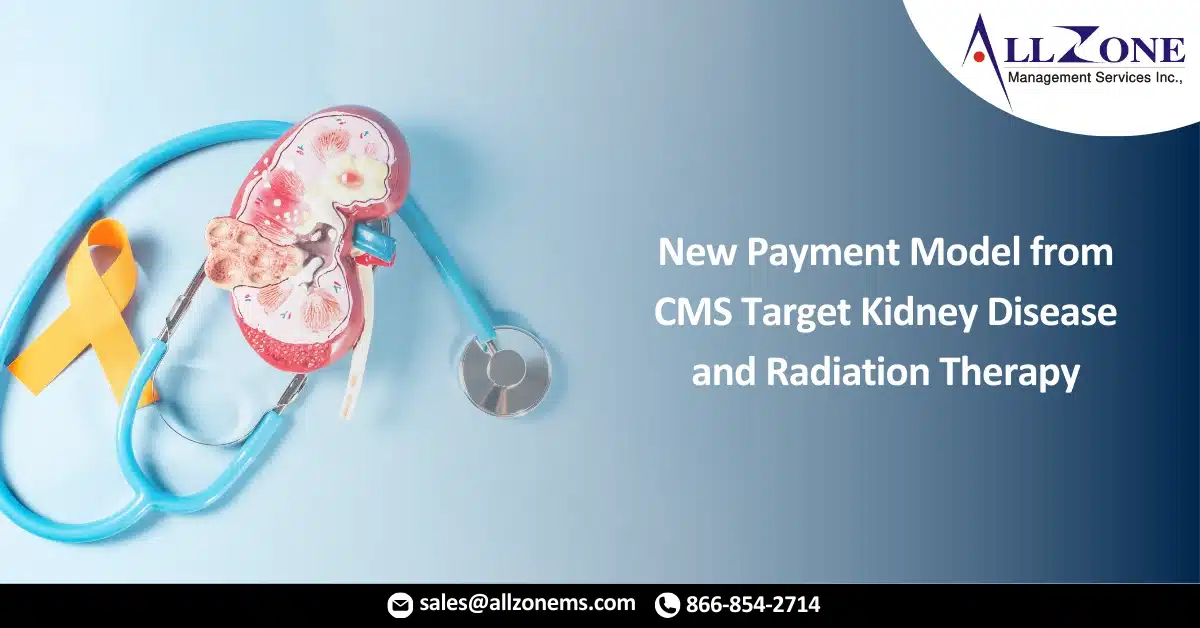President Trump issues an executive order on kidney disease and a new payment model for radiation therapy.
As reported by Dr. Ronald Hirsch on the RACmonitor.com Monitor Mondays webcast, last week the president issued an executive order on kidney disease.
The executive order was touted by many in the medical community because all are aware of the burden chronic kidney disease has on the industry. Most importantly, the government seems intent on increasing the number of patients who receive kidney and pancreas transplants.
To increase the number of transplants, the government and medical community will need to increase the number of donors. For most donors, giving up an organ is an act of altruism, but there are likely many more who would be altruistic, but cannot afford to be a donor. Dr. Hirsch suggested that it will be interesting to see what financial incentives are put in place that can meet the ethical balance of adequate compensation without creating the appearance that organs are being bought and sold.
As the Centers for Medicare & Medicaid Services (CMS) continues its move from volume to value, the agency has also proposed a new mandatory payment model that will cover half the end-stage renal disease patients in the country. This program, if adopted as proposed, would reward providers based on the rate of kidney or pancreas transplantation in their patients, and the rate of the use of home dialysis instead of dialysis centers.
Dr. Hirsch also noted that although the kidney disease proposal received the most attention, the same proposed rule included another mandatory payment model simply titled the Radiation Oncology Model. In this program, CMS would pay a fixed amount for each 90-day episode of care to both the radiation oncologist and the facility providing radiation therapy for treatment of 17 different cancers. They are also going to pay hospital outpatient providers the same amount as freestanding radiation oncology providers, another move by CMS in promoting site-neutral payments, with equal payment model being made irrespective of the site of service. They will also withhold 2 percent of the payment amount for quality measures.
In developing this model, Dr. Hirsch pointed out that CMS performed a careful analysis of the current patterns of the use of radiation therapy. The proposal notes that despite the fact that freestanding radiation oncology centers get paid less per treatment than hospital-based programs, such centers currently get paid an average of 11 percent more per total course of therapy than hospital-based centers. That led them to propose a model with fixed payment for the total course of therapy, rather than paying per treatment.
CMS also notes in the proposal that they will be closely monitoring providers to ensure that they are not gaming the system. They will be watching for cherry-picking – attempting to select only low-acuity patients who will cost less – and also will be watching for providers who encourage higher-acuity patients to not choose them as a provider, a tactic that CMS refers to as “lemon dropping.”
Dr. Hirsch concluded by noting that “CMS is moving full steam ahead from volume to value, and this proposal for two mandatory programs shows that we can expect more in the future.”
For More Information: https://www.racmonitor.com/new-payment-models-from-cms-target-kidney-disease-and-radiation-therapy

